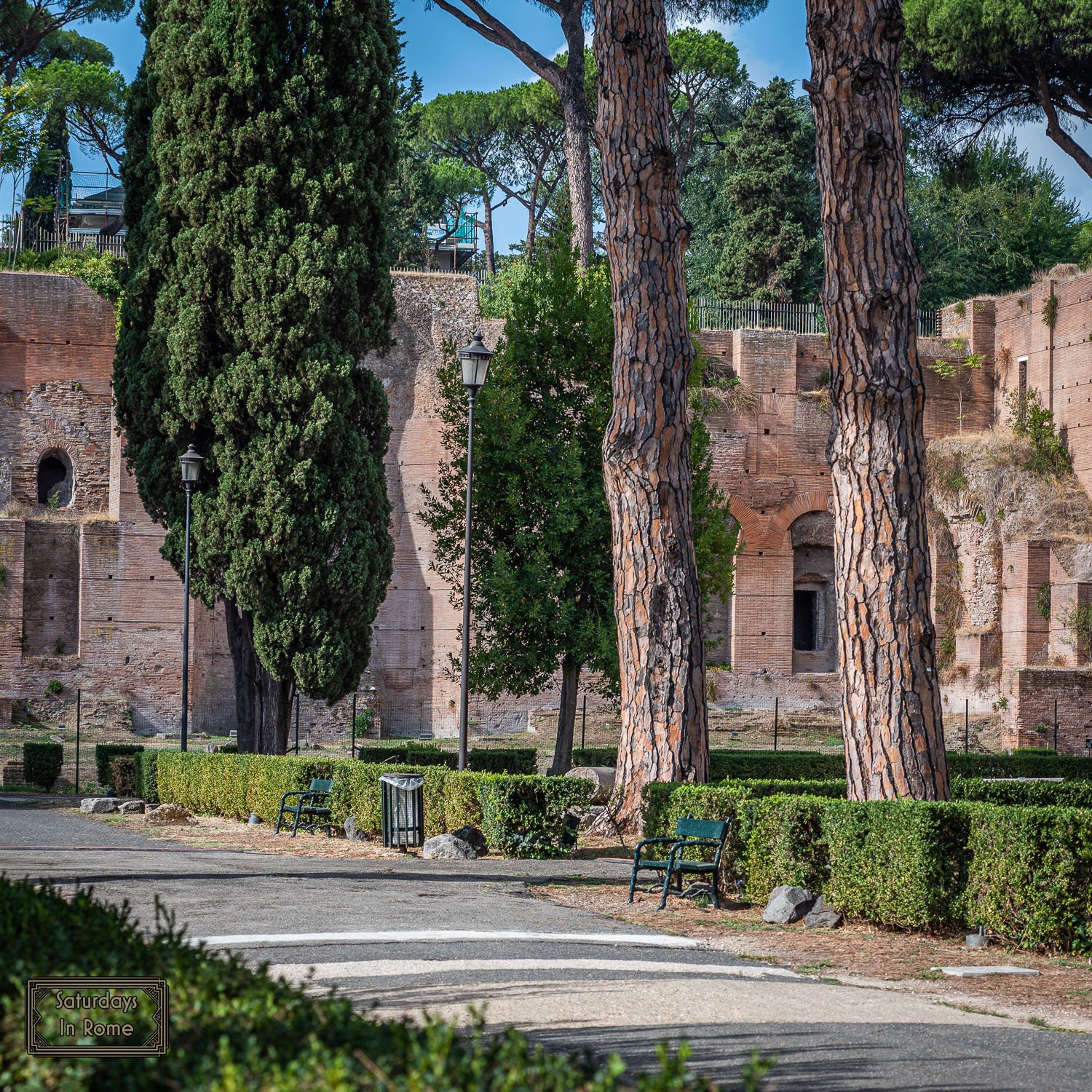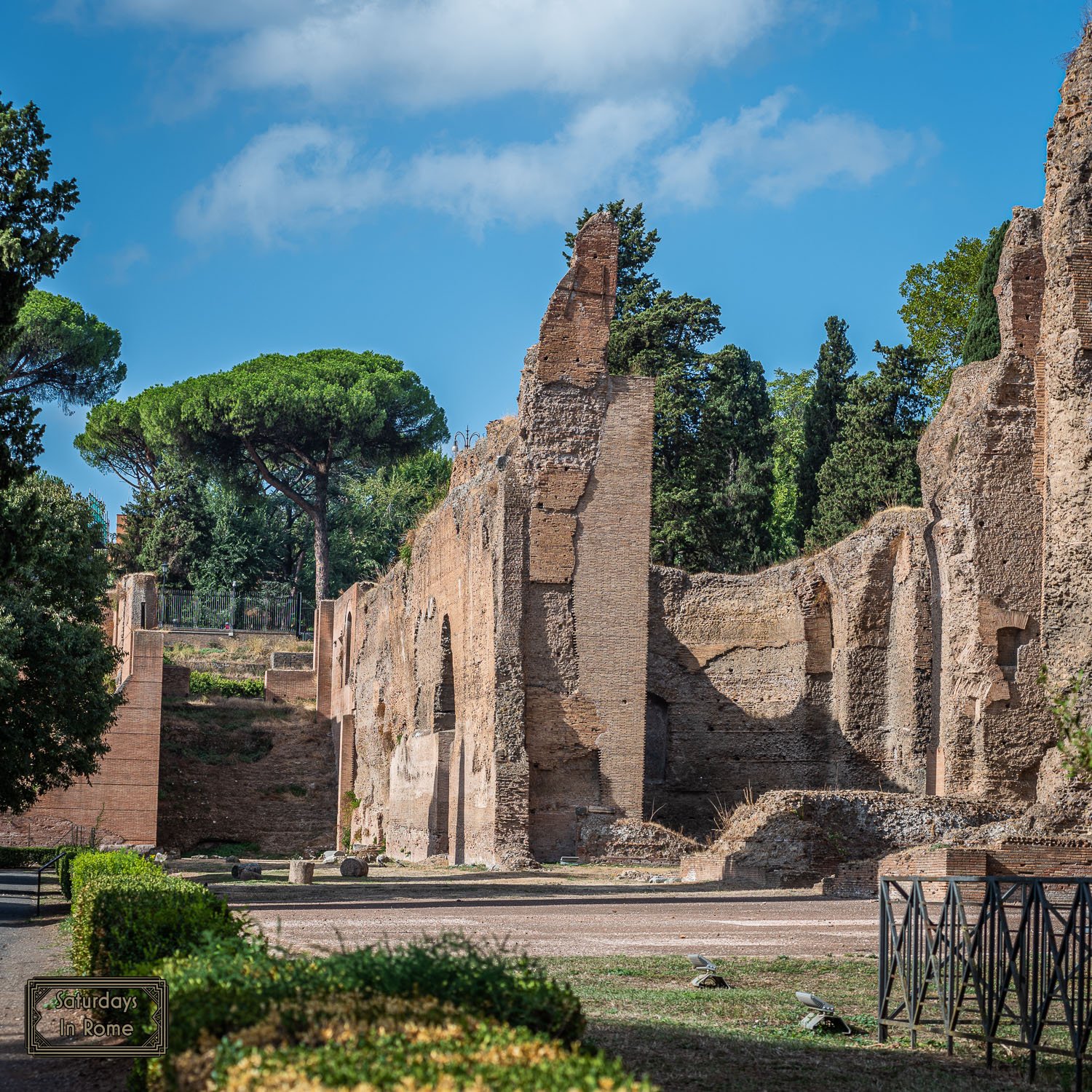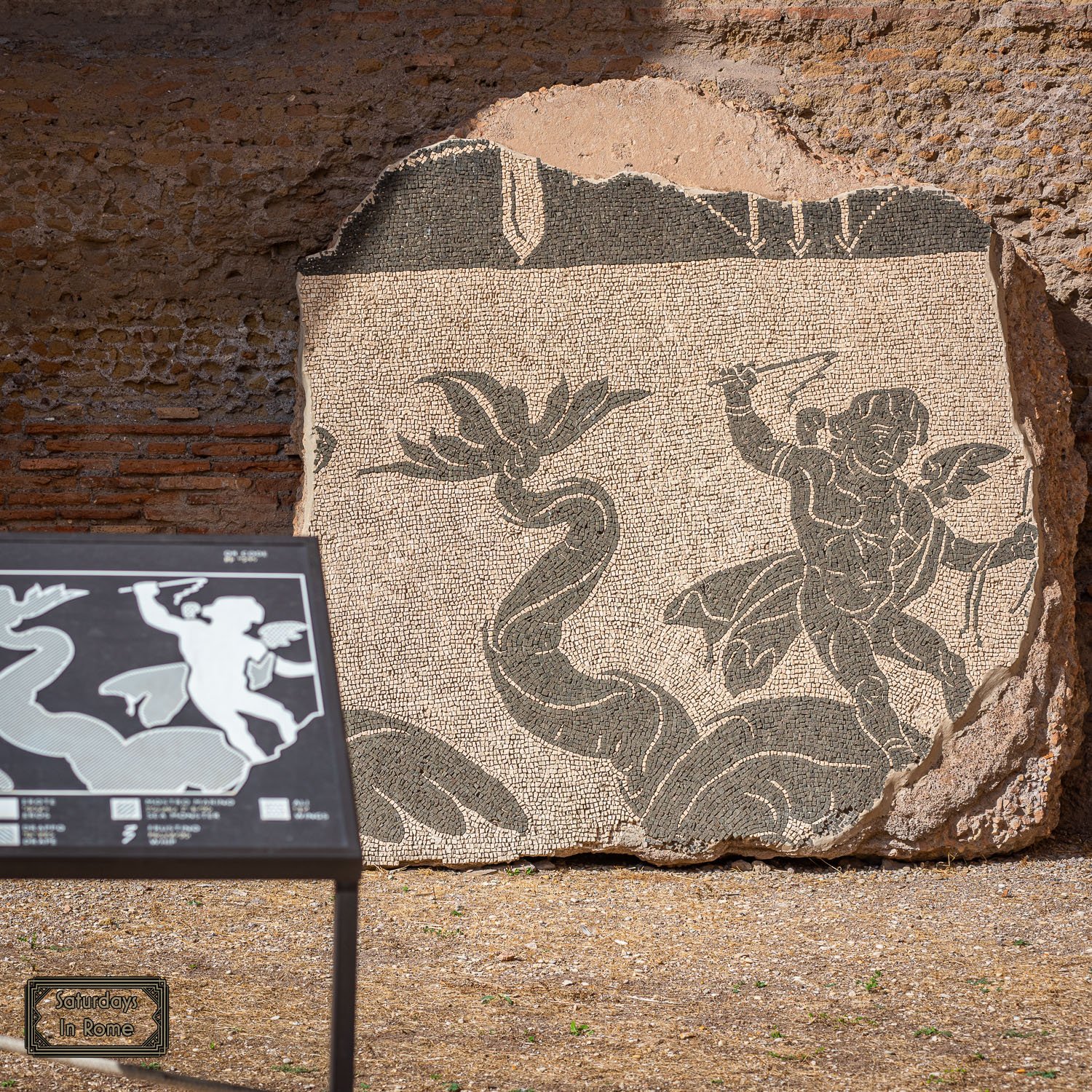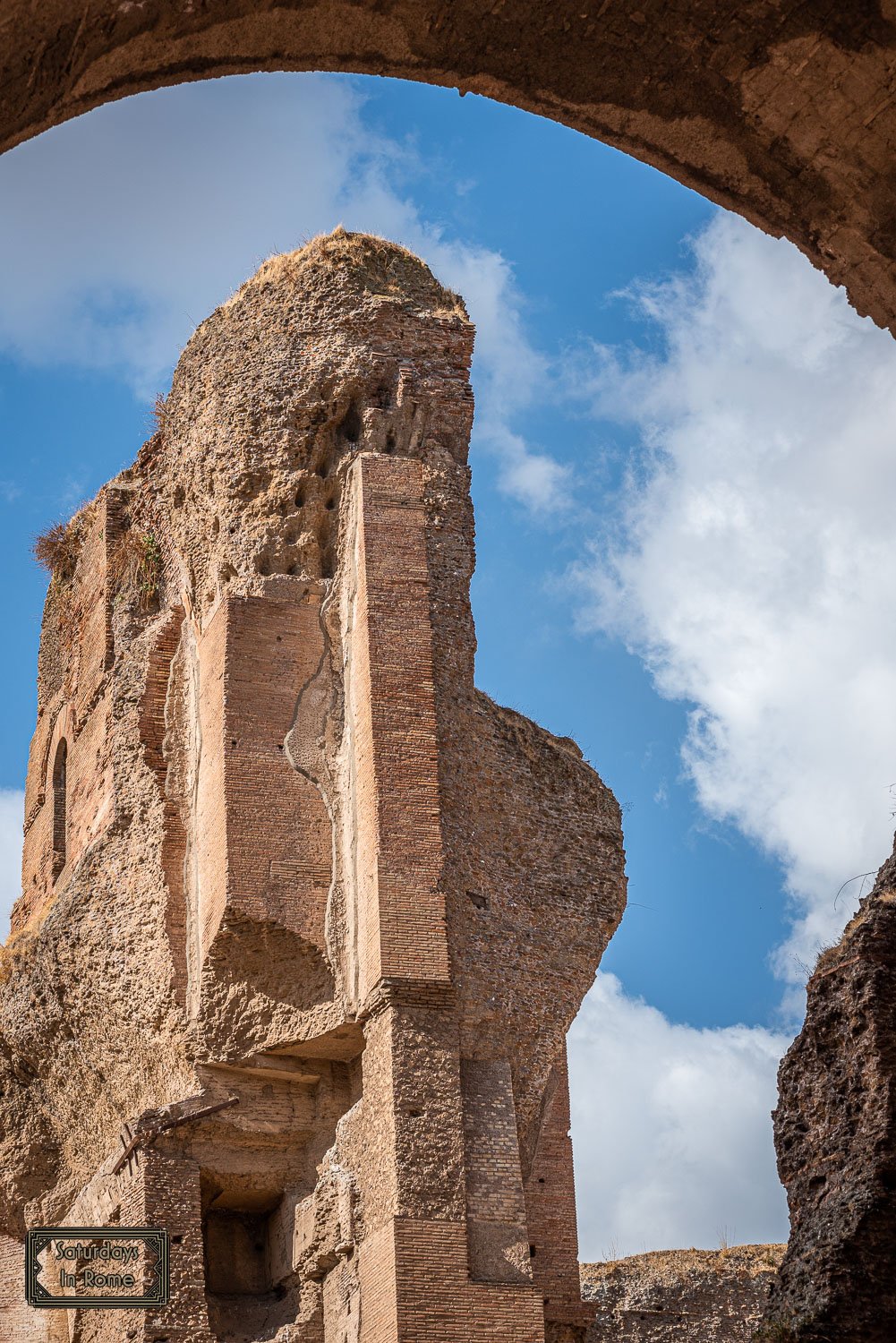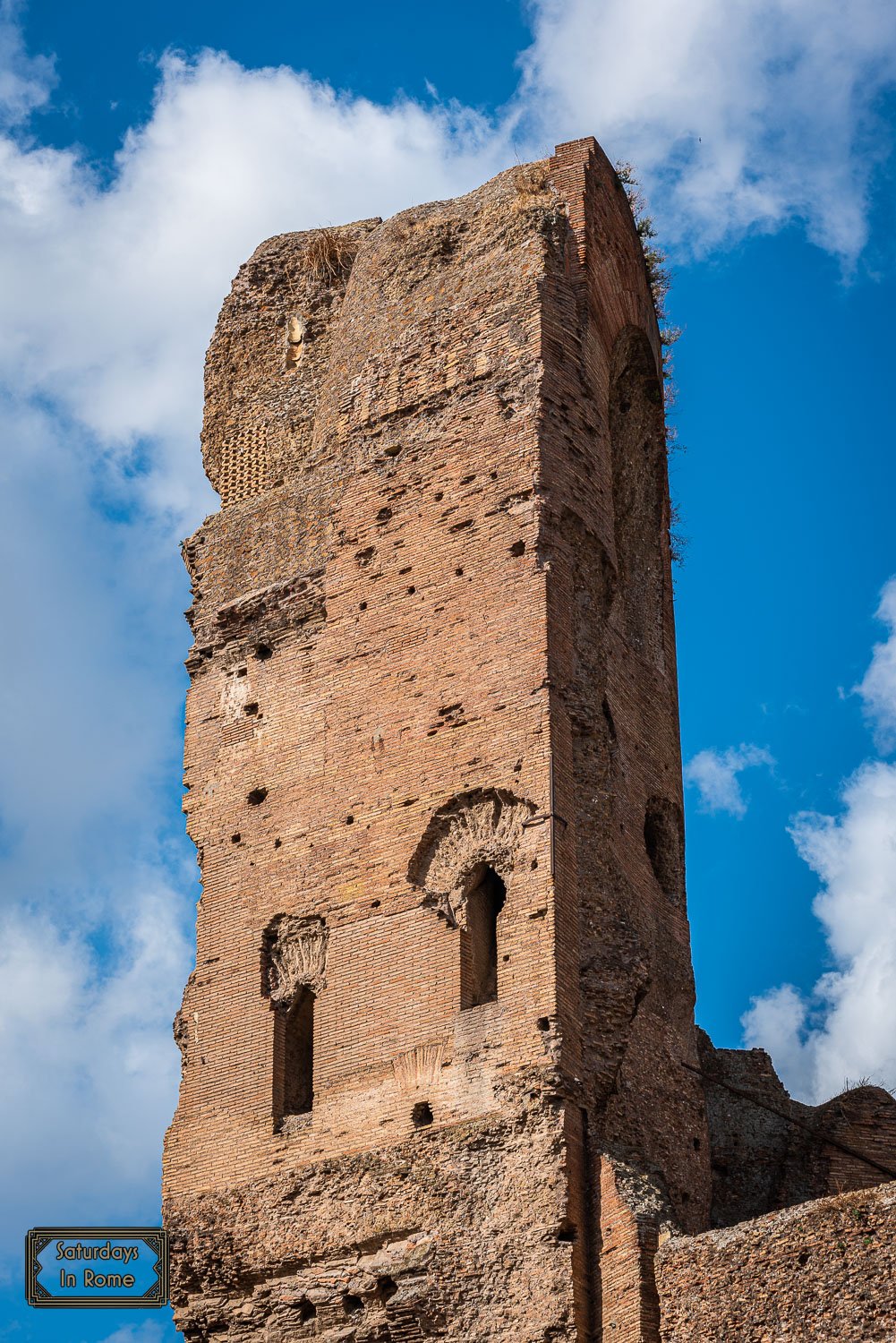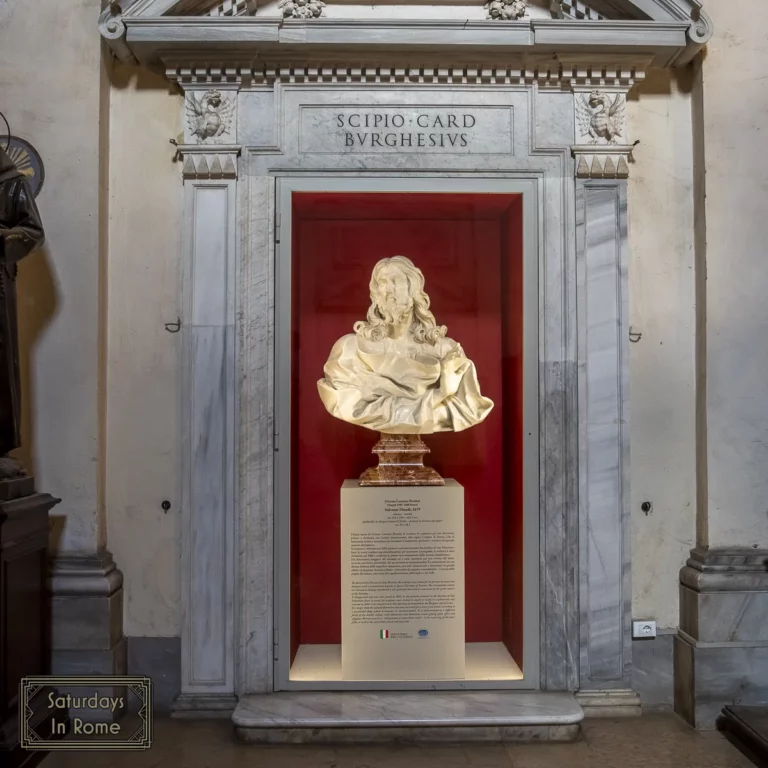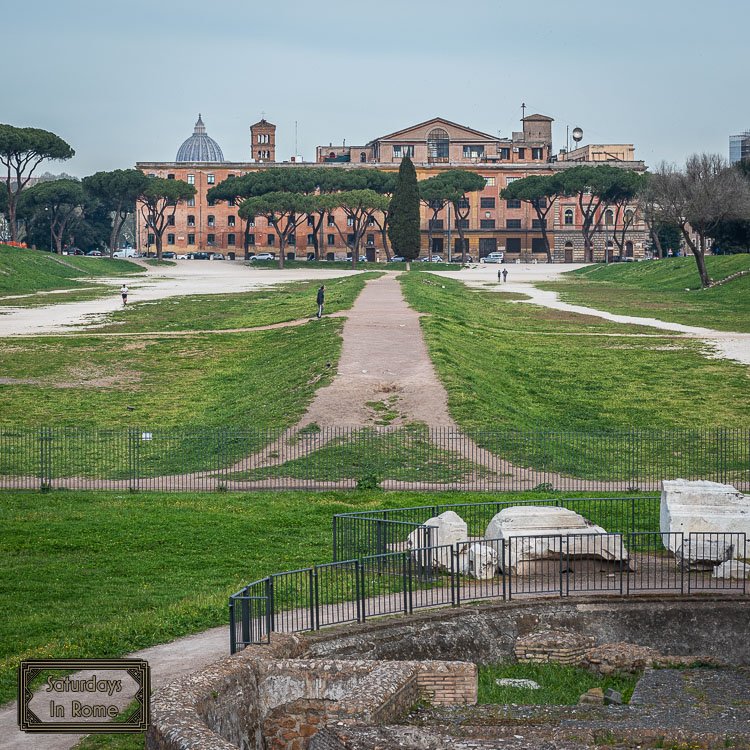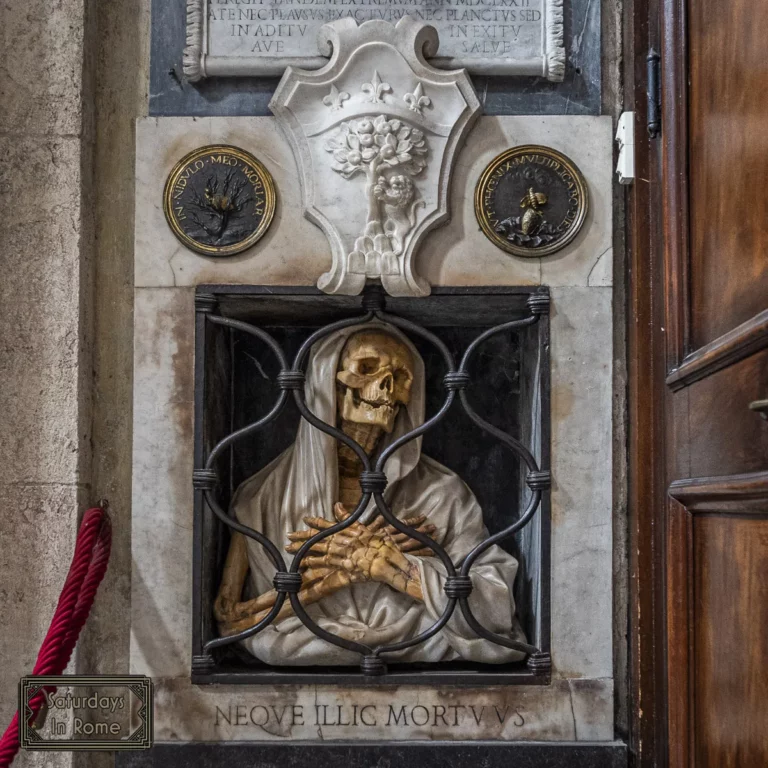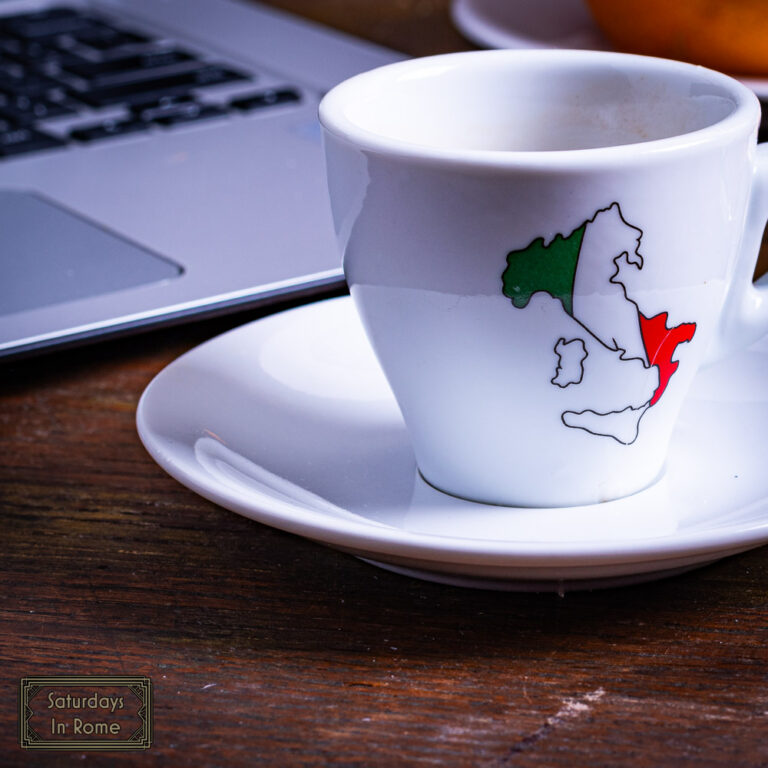Caracalla’s Ancient Roman Baths In Rome Are Worth A Visit
Caracalla’s ancient Roman baths in Rome are worth a visit to admire how the ancient Romans influence is continuing in today’s gyms and spas around the world.
The Baths
What Was Significant About The Ancient Roman Baths In Rome?
The Ancient Rome Baths of Caracalla (Terme di Caracalla) is a complex of public baths that were built in Rome around 217 AD and continued to be in use until around 530 AD. The architecture of the baths, and in particular the frigidarium, was influential and had a significant impact on many other buildings, like the Baths of Diocletian, Pennsylvania Station in New York City and Chicago’s Union Station.
Need Help Planning?
- Cheap Flights: Find The Most Affordable Flights.
- Accommodations: From 1 to 5 Stars And More.
- Car Rentals: Affordable Travel Across Italy.
- Sightseeing Tours: Explore Some Amazing Tours.
- Buying An eSIM: Stay Connected In Italy.
This post includes affiliate links.
Who Built The Ancient Roman Baths of Caracalla?
This is an amazing complex in terms of scale and decoration, the Baths of Caracalla represents one of the best preserved large buildings of Imperial Rome. They were built in the southern part of Rome on the direction of Emperor Marcus Aurelius Antoninus Caracalla, who was born Lucius Septimius Bassianus. He was the eldest son of the preceding Emperor Septimius Severus, who inaugurated the central building in 216 AD.
How Were The Ancient Roman Baths In Rome Built?
Remains
The rectangular layout was typical of the great imperial baths of the time. It was not only a building for the bathing room, sports and body care, but it was also a place for walking around, relaxing and studying.
The central block, the one specifically intended for the Baths, is arranged on a single axis along which the hot room (Caldarium), medium hot room (Tepidarium), cold room (Frigidarium) and the swimming pool (Natatio) were built in that order. Built along the sides of this main axis, the gyms and changing rooms were symmetrically arranged. Around the central area there were cisterns and libraries and the main entrances were built around the perimeter space.
The basement was the place to be if you wanted to be a part of the life of the complex. It was the place where hundreds of slaves and workers were able to operate the Baths. The basements were a maze of tunnels for vehicles where in addition to storing the lumber for the heating system, which consisted of ovens and boilers, there was a water system, a mill and the Mitreo.
The Mitreo is an integral part of the spa complex and denotes the strong proximity of the Severi family to cults of eastern origins. It is the place where the Mithraic cult took place in ancient times.
Mosaics
It was generally located in underground rooms, it consisted of an elongated rectangular compartment, with an entrance almost always offset from the longitudinal axis, so as not to allow a view of the interior. On the sides, along the walls, there were two benches on which the initiates attended the rite. In the back between the two benches rose a small altar in masonry or stone with the image of the god Mithras, usually represented in a relief depicting him in the act of killing a bull; more rarely it was represented in a statue in the round. I had written about a Mithraic altar that I visited in San Clemente in Rome. It is worth checking out because the image almost perfectly fits the description above.
Can You Swim In The Rome Baths Of Caracalla?
You can’t swim in the baths today, but the tradition of Roman bathing started with taking a hot-water bath in the hot room (calidarium). After that, people visited the lukewarm room (tepidarium) and the final stop was a bath in the cold room (frigidarium). After the bathing, it was often followed by a swim in the open-air pool (natatio).
As mentioned above, these baths were used for over 300 years, but lost their charm and usefulness when the aqueducts supplying the baths with water were damaged beyond repair by those damn Goths during an attack on Rome. Today you can find only a few remains at the Bath, as earthquakes and raids by order of the popes have left little behind.
What Were The Ancient Roman Baths In Rome Made Of?
The Romans expanded on the idea of simple bathing to include a wide array of other types of facilities which led to the baths becoming more common, including in even the smallest towns of the Roman empire.
Multi-Floor Complex
In addition to public baths (thermae), the wealthy elite often had their own private baths (balnea) so that they wouldn’t have to mix with the great unwashed masses. They were constructed as a part of their villas. Baths were even constructed for the legions of the Roman army when on campaign. However, it was in the large cities that these bath complexes, both public and private, took on the giant proportions with vast colonnades and wide-spanning arches and domes.
Baths were built using millions of fireproof terracotta bricks and the finished buildings were usually sumptuous affairs with fine mosaic floors, marble-covered walls, and decorative statues. The materials included: pozzolanic ash, lime, tuff, basalt, marble and bricks.
Typical Elements Of Ancient Roman Baths
These baths were a complete experience for the mind, body and soul of the Roman people. The facilities included:
- Changing Rooms (apodyterium)
- Gyms/Exercise Rooms (palaestrae)
- An Open-Air Swimming Pool (natatio)
- Dry Sauna (laconica) and Steam Rooms (sudatoria)
- Hot Room (calidarium)
- Warm Rooms (tepidarium)
- Cold Rooms (frigidarium)
- Additional rooms for massages and other health treatments.
Art At The Baths of Caracalla
The baths were originally ornamented with quality sculptures and of all the antique baths in Rome, the Baths of Caracalla were found to have contained the most lavish assortment of statues. Many were destroyed in the Middle Ages to make lime under the orders of Pope Paul III Farnese.
Some art was taken from the Bath and moved to other parts of Rome. For example, two granite basins from the Baths of Caracalla were repurposed as a fountain in the Piazza Farnese. This was included in a post: “Ancient Roman Fountains That You May Have Overlooked.”.
Another important artistic treasure at the Baths are the summer opera performances. The summer season of Rome’s Opera House returned to its historic venue at the Baths of Caracalla in 2022. The open-air opera festival took place at the Terme di Caracalla from 1937 until 2020, but COVID forced the Opera to move to Circus Maximus when it was determined to be more compatible with Italy’s covid social distancing rules.
Remaining Bath Structures
Are The Roman Baths Of Rome Worth It?
Yes, visiting Caracalla’s Ancient Roman Baths in Rome is a unique experience and a great example of how Roman culture has influenced western societies, even today. Here is some useful information you can use to reach the Baths:
- What Is The Address?
- Roma, Viale delle Terme di Caracalla, 52
- How Can I Get To The Baths?
- On Metro B, get out at the Circus Maximus (Circo Massimo) stop and it is a short walk from there.
- The most convenient Bus lines are #760 and #628
- When Is It Open?
- From Tuesday to Sunday, from 9:00 AM to 6:30 PM (Last entrance at 5:30)
- When Is It Closed?
- It is closed on Mondays, New Years Day and Christmas Day.
- How Much Time Do You Need At Baths Of Caracalla?
- You can spend an hour walking around the grounds, unless there is an Opera being performed, or if there is a special art exhibit that you need to see.
- Where can I get more information?
- Email the team at: info@coopculture.it
- Are The Baths Of Caracalla Free?
- General Admission: €8.00
- Reduced Price: €2.00
- For EU citizens between 18 and 25 years of age.
More Ancient Rome Sites You Might Like
If you enjoyed the above information about the ancient Roman Baths in Rome, don’t stop with Caracalla. Here are more posts about some other amazing Rome sites and exercising around the city:
- The Thermal Baths Of Diocletian In Rome Shouldn’t Be Missed.
- Nero’s Golden Palace Was Not Loved.
- The 7 Hills Of Rome Have Influenced All Of The Ancient City.
- More Districts In Rome, Italy That You Should Visit.
- The Foro Italico, Rome Is The Olympic Forum With A History.
- Can You Visit The Pyramid of Cestius?
- 12 Amazing Secrets Of The Colosseum In Rome.
- A Rome Photography Exhibition At The Baths Of Caracalla.
- Is The Colosseum In Rome, Italy Worth Visiting?
- The Ancient Circus Maximus In Rome Is Worth Seeing.
- Experience Egyptomania At The Egyptian Pyramid In Rome.
- An Expanded Itinerary For A Second Time In Rome.

